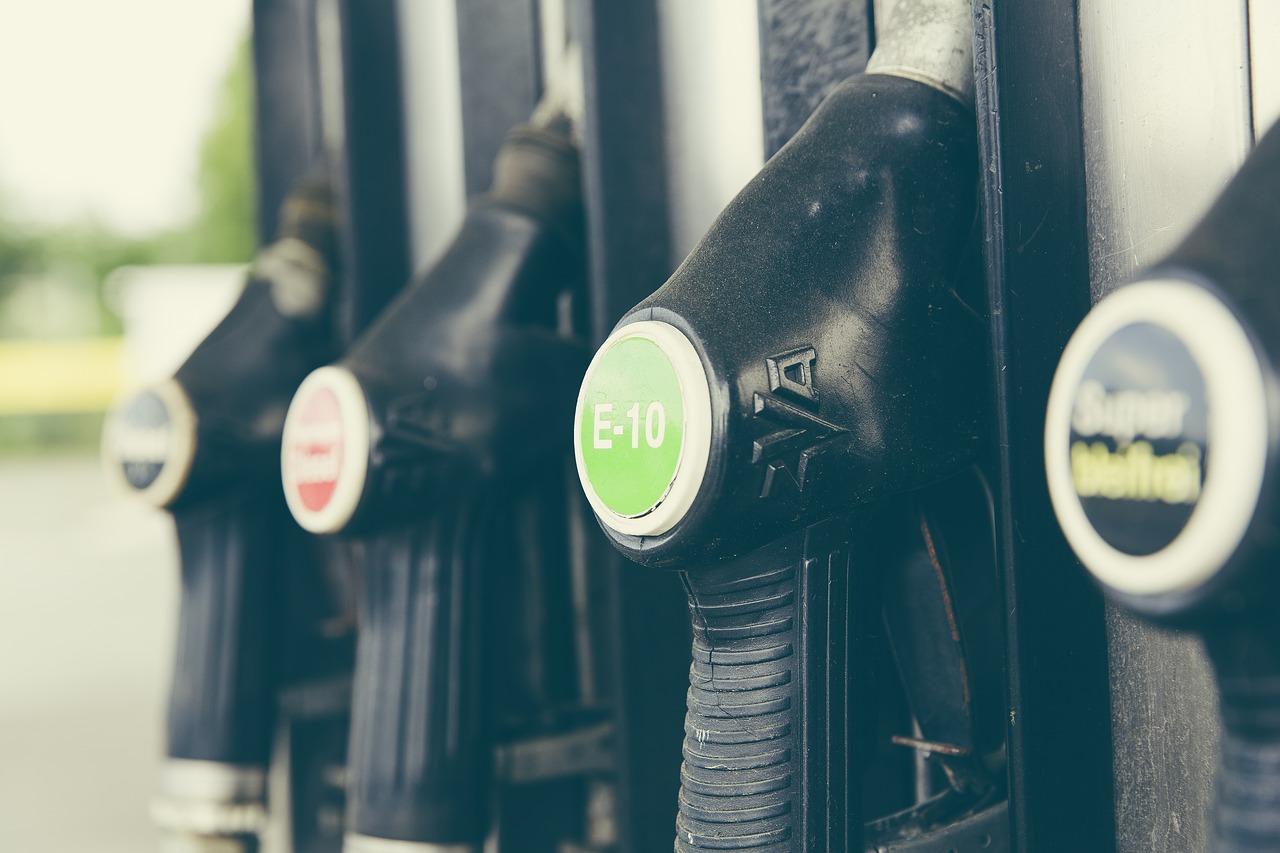
With the fuel industry looking towards a greener future, does the introduction of the E10 petrol risk irreparable damage to almost one million vehicles on UK roads? Whether you’re a car, motorcycle or van owner, the use of this new fuel is something many will have to undertake some serious research into.
As producers of the fuel are doing all they can to help create a cleaner future for road users, E10 could make some cars on the road obsolete, as the makeup of them is not suitable for the new petrol. With only younger vehicles able to use it, what will this mean for not only older models, but classic cars too?
Unless E5 pumps remain in use, thousands of motorists could lose their vehicles, and with no way to fill up their wheels, will this skyrocket the price of the older petrol type?
What is the difference between E5 and E10?
The number refers to the percentage content of bioethanol in the fuel. E5 contains 5% and E10 contains 10%. In 2019, normal petrol and diesel were renamed at the pumps to E5 and B7, to inform motorists of their bioethanol content.
Making the change to E10 appeals to the government. This is because it helps to reduce CO2 emissions of petrol run cars on the roads. Research claims that the benefit would be equal to taking a whopping 350,000 cars off the road – this would also cut emissions by around 750,000 tonnes a year.
The switch would also help the UK reach its environmental targets, as well as its ‘Renewable Transport Fuel Obligation’. This promises that 9.75% of all transport fuels will come from renewable sources by the end of 2020.
How is E10 fuel produced?
Harvested sugar cane and sorghum are ground down into a biomass mash, which is then mixed with water and an enzyme. This mixture is fermented until ethanol is produced.
The water and ethanol mixture is purified using a distilling process, before it’s carefully blended with unleaded petrol in a 10% ethanol to 90% unleaded ratio.
Topping the blend up from 5% to 10% is a good way to lighten the load on our planet. Ethanol is a renewable energy source, so the more of it that is included, the less harsh it is on the environment.
What cars, motorcycles and other vehicles can take advantage?
Although it can’t be used to fill up older vehicle models, there are plenty of consumers out there who can take full advantage.
Editor of Insidebikes at Carole Nash Marc Potter says: “At Carole Nash we back anything that reduces CO2 emissions from motorcycles for the good of the environment, but we’d recommend that motorcyclists take advice from their manufacturers to see if E10 can be used in their bikes.
Many bikes are already set up to use E10, and have been since 1990. But, we’d recommend older bikes and classic bike owners continue to use E5 which will still be available when the new fuel is introduced. Using E10 can affect metal components like the inlet manifolds that can react with ethanol, especially when bikes are stored for long periods.”
So, it would be worth to check with your manufacturer to see if you are able to make the switch, however, if you can’t, there will still be resources available for you to top up your wheels.











